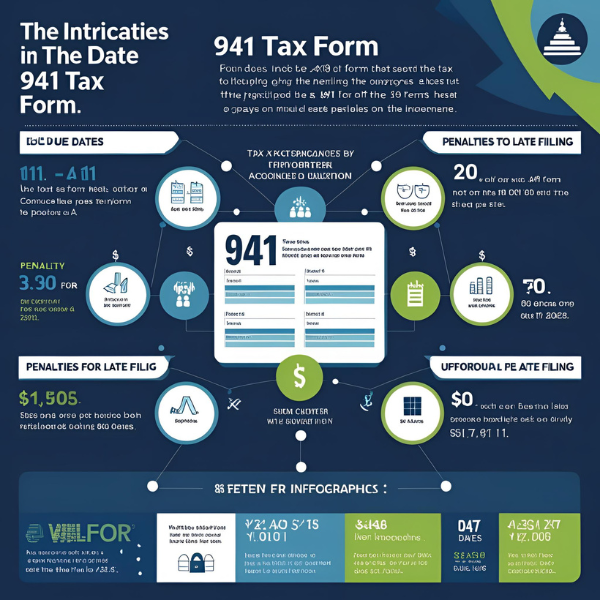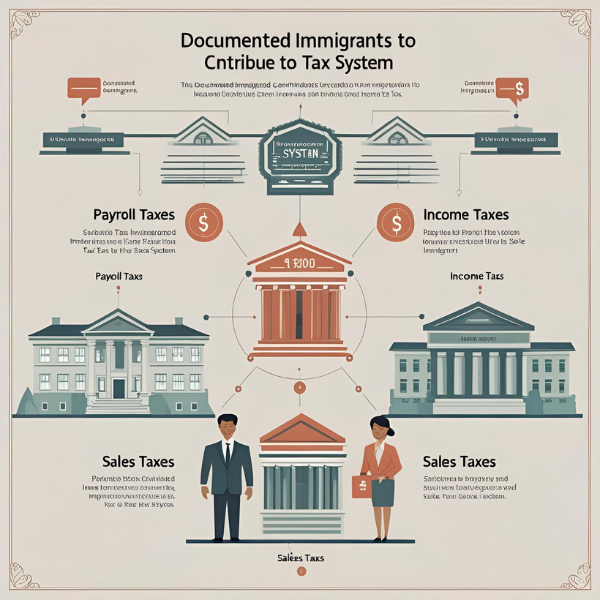
How to Calculate Foreign Tax Credit Relief?
Navigating the complex world of foreign taxation requires you to learn how to calculate foreign tax credit relief. The word ‘calculation’ might make you think that you need to be a number knack. However, that’s not the case!
It is essential to grasp how to compute foreign tax credit relief, which is a method meant to reduce the burden of double taxes on income earned overseas. Our tax accountant The Woodlands presents a simplified evaluation that breaks down the essential components of foreign tax credit relief and offers you a step-by-step method for ensuring precise computations.
Understanding Foreign Tax Credit Relief
Overseas tax credit relief is a measure that allows taxpayers (you and your firm) to deduct overseas taxes from their domestic tax liabilities. Doing so eliminates double taxation of the same revenue and promotes cross-border economic activity. To compute international tax credit relief, you must adopt a methodical approach.
Determine Qualifying Foreign Taxes
The first step in determining how to calculate foreign tax credit relief is to identify the applicable foreign taxes. These include income taxes, war profits taxes, and any taxes levied in place of income taxes. It is critical to confirm that the taxes match your domestic tax jurisdiction’s qualifying requirements.
How to Calculate the Foreign Tax Credit Limit?
After determining the qualified foreign taxes, the next step is to compute the international tax credit limit. It is the maximum amount of foreign tax that can be offset against your domestic tax due. The limit is often determined individually for each kind of income, such as general category income and passive category income.
Separating Income into Categories
To effectively determine how to calculate foreign tax credit relief, you must first categorize your income. Wages, salaries, and company revenue go into the general category of income, whereas dividends, interest, and royalties fall into the passive group. Each category has its own foreign tax credit ceiling, which ensures a fair and accurate computation.
Determining the Overall Foreign Tax Credit
After establishing the international tax credit limitations for each income category, the next step is to calculate the total foreign tax credit. It is the total of the individual foreign tax credit ceilings and is the maximum credit available to offset your domestic tax burden.
How to Calculate the Foreign Tax Credit Relief?
Once you know the full foreign tax credit, calculating the relief is simple. Subtract any foreign tax credits claimed in previous years from the total foreign tax credit. The calculated value shows the foreign tax credit relief that may be claimed for the current tax year.
Avoiding Double Benefits
It is worth noting that certain nations have particular restrictions in place to avoid duplicate advantages. These laws can restrict the use of international tax credits in certain circumstances. Our Dallas tax services help you thoroughly research the tax rules of both your own country and the foreign nation to guarantee compliance and accuracy of computations.
Documentation & Compliance
In the field of international taxes, documentation is essential. Maintain detailed records of any international taxes paid, as well as any paperwork used to calculate foreign tax credit relief. This not only assures tax conformity, but also provides a significant resource in the case of an audit.
The Bottom Line
Learning how to calculate foreign tax credit relief is a complicated yet essential component of international taxes. Individuals and organizations may confidently manage the procedure by understanding the stages involved, which range from discovering qualified foreign taxes to determining the overall international tax credit. Staying educated, sticking to paperwork requirements, and getting our expert guidance as needed can all help to ensure correct computations and compliance with tax legislation in a worldwide economy.


